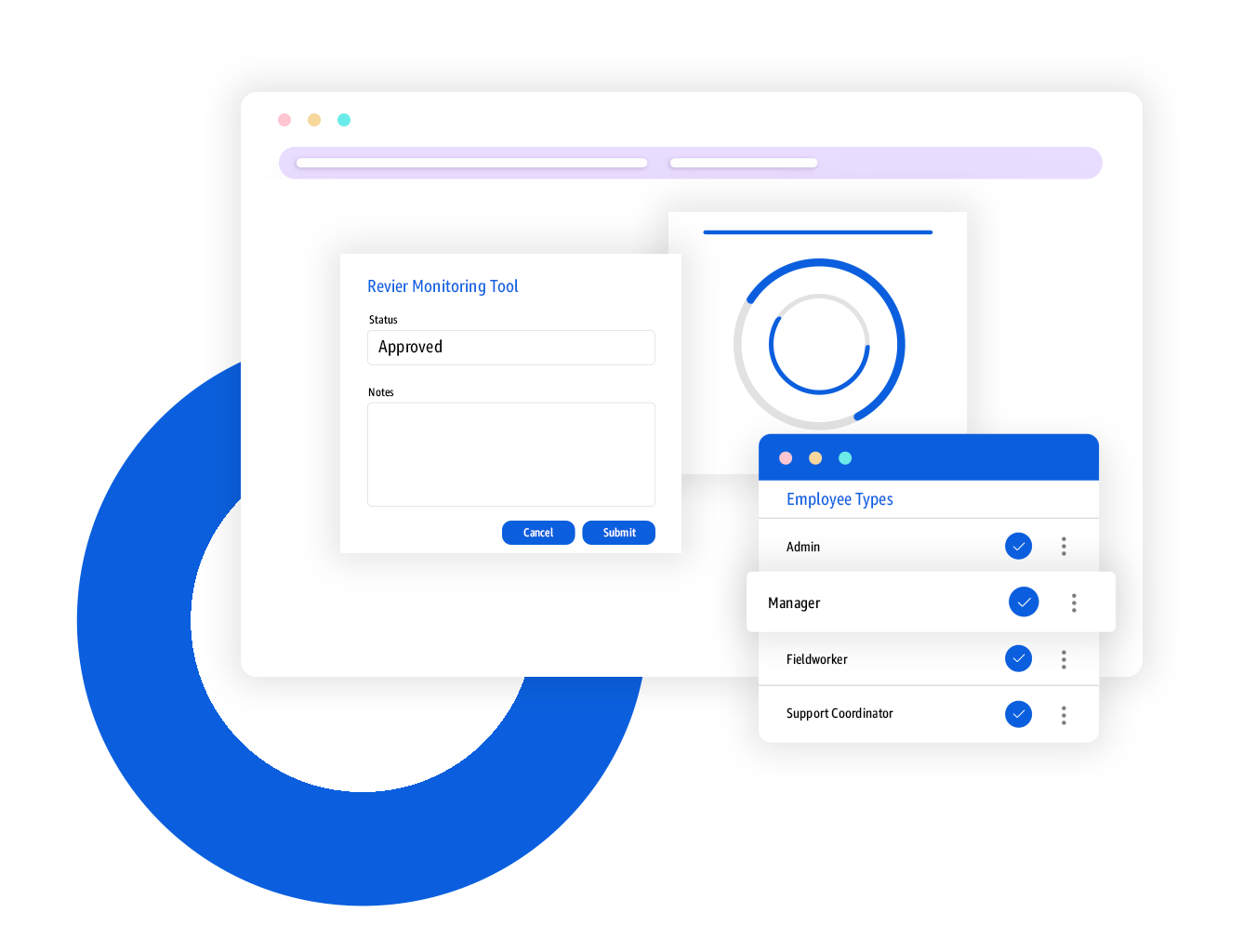Every year, agencies invest time and resources to upgrade their technology. Whether it’s updating existing tools or adopting new solutions, staying aligned with industry needs is an ongoing challenge. This is even more crucial as agencies recognize the need to improve their operations.
However, just selecting the right tools is only half the battle. To succeed with new technology, ensuring that your agency’s team embraces and effectively uses these tools is vital. Resistance to change is natural, but it shouldn’t hold back your agency’s progress.
User adoption is often overlooked but plays a critical role in technology investments. Therefore, including a user adoption plan in your implementation strategy is essential. Here are some key considerations as you embark on your agency’s digital transformation.
Common Reasons for Poor Adoption
User adoption challenges usually arise from poor planning and a lack of action. Identifying the root causes of poor adoption is crucial to avoid or address these issues.
To enhance user adoption and ensure a smooth technology implementation, steer clear of these common pitfalls:
- Overcoming User Indifference: User indifference can be a major barrier to adoption. After all, end-users are the ones who will use the technology daily. They need to understand its benefits to get excited about changing their routines. Effective communication, robust training, and incentives can help reduce indifference.
- Improving Communication and Training: Insufficient communication and training are often linked to user indifference. Successful adoption requires users to grasp the benefits of the new technology and how to use it effectively. Communicate early and clearly to help users understand why they need the new technology and how it will improve their work. Provide engaging training that covers various aspects of the technology and continues over time.
- Establishing Accountability: User adoption is more likely to succeed when someone is responsible for making it happen. Set clear accountability within your technology implementation plan. Designate who’s responsible, define key goals, and monitor progress to ensure success.
5 Tips to Improve Adoption
Understanding why adoption fails is a good start, but practical steps can facilitate smoother implementations, encourage user adoption, and increase success rates.
- Start with a Clear Vision: Begin your project with a clear goal in mind. Understand how the new technology works, its differences from current solutions, who will use it, how it meets agency needs, and the framework needed for a smooth transition. Involving end-users in the selection process can provide clarity.
- Prioritize User-Friendliness: Simplify the transition by making it as straightforward as possible. Break tasks into manageable steps with clear instructions. Use visuals and interactive elements to illustrate how the technology works. Highlight the convenience of the new technology compared to the old solution.
- Showcase the Benefits: Clearly communicate the benefits of the new technology. Explain how it benefits the agency and individual users—whether it’s faster workflows, streamlined processes, improved efficiency, or better collaboration.
- Leverage Data for Impact: Support your claims with data. Demonstrate the impact of the new solution through metrics such as improved capabilities, cost savings, and higher user satisfaction.
- Make Technology Essential: Integrate the new technology into critical daily processes to encourage its use.
Real-World Success Stories
Successful user adoption of technology can lead to transformative outcomes. Here are some real-world examples:
FieldWorker’s impact was transformative for DS&A. All their staff began using the platform, including employees, approvers, managers, and the president himself. Centralized data and information empowered them to access updates and track tasks efficiently. All outstanding requirements were managed from one location, eliminating the need to search through emails. The automated billing process streamlined Medicaid billing, saving valuable time and boosting overall productivity for the agency.
Change in the industry is ongoing. Agencies must regularly evaluate, enhance, and expand their technology solutions to remain competitive and efficient. Prioritizing user adoption, understanding potential challenges, and taking proactive steps can ensure the successful integration of new technology.
Whether your agency is starting its technology journey or optimizing its existing technology stack, FieldWorker offers a comprehensive solution to simplify and automate your operations.

